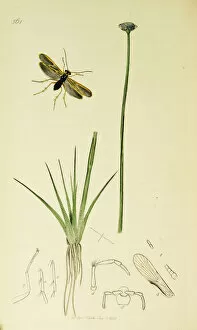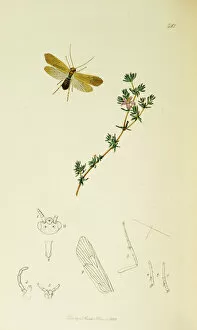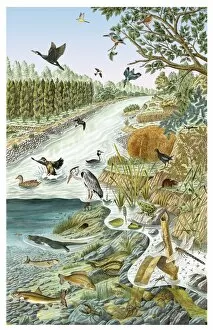Trichoptera Collection
Trichoptera, commonly known as caddisflies, are fascinating insects that captivate entomologists and nature enthusiasts alike
All Professionally Made to Order for Quick Shipping
Trichoptera, commonly known as caddisflies, are fascinating insects that captivate entomologists and nature enthusiasts alike. One such species, the Hydropsychidae or Caddisfly, can be seen gracefully soaring through the air in Lamar County. These delicate creatures are particularly drawn to mercury vapor lights, their iridescent wings shimmering under its glow. The beauty of these insects has been immortalized in Curtis British Entomology Plates 716, 601, 592, 561, 544, 540, 488 and even Plate 57. Each plate showcases the intricate details of these winged wonders with precision and artistry. One remarkable aspect is their larval stage. The Salt-and-pepper Microcaddisfly (Agraylea multipunctata) larvae construct protective cases using secretions from their bodies. These tiny dwellings shield them from predators as they grow into their final instar before emerging as adults. Artwork C016 /3451 depicts European river life where Trichoptera play a vital role in maintaining ecosystem balance. Their presence indicates clean water sources and serves as an indicator of environmental health. For those who yearn to explore beyond what meets the eye, a scanning electron microscope (SEM) image reveals intricate details of a caddisfly's head structure. This microscopic view offers scientists valuable insights into their physiology and behavior. They have fascinated naturalists for centuries due to their unique adaptations and ecological significance. From flight to metamorphosis stages captured on plates by Curtis British Entomology to protective casemaking larvae and scientific exploration through SEM imaging - each glimpse into the world unveils new marvels waiting to be discovered.












